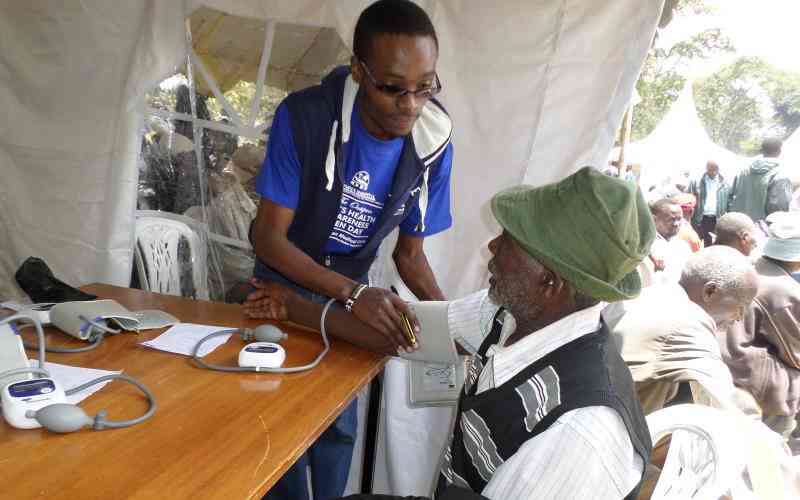New York: Don’t wait for your kids to tell you they’re thirsty before offering them water, experts say. Instead, offer them water and other hydrating foods and beverages throughout the day, particularly in the summer when more liquids are needed to stay healthy.
By the time children are thirsty, they’re already at least 3 percent dehydrated, according to Dr. Holly Benjamin, Associate Professor of Pediatrics and Orthopedic Surgery at University of Chicago.
And water does far more than slake thirst, said Marina Chaparro, spokesperson for the Academy of Nutrition and Dietetics. “Water is a cooling mechanism, it transports fluids and nutrients, helps with digestion, helps with cognitive function and maintains a healthy weight,” she told Reuters Health by email.
The amount of water a child needs to stay hydrated and healthy may surprise you: teenagers need as much as adults (eight to 11 cups), while even toddlers aged 1 to 3 should have four cups of fluids a day.
“I use a rule of thumb of 2 to 3 ounces per day per pound of body weight, to a maximum of 8 to 10 cups per day,” said Dr. Karl W. Holtzer, a pediatrician with the Pediatric Alliance Fox Chapel Division in Pittsburgh. In email to Reuters Health, he noted that water is not needed for infants under 6 months of age, and babies under 1 year can stay hydrated with breast milk or formula.
It’s particularly important to make sure active kids are getting their fill of water.
“Make sure they drink 30 minutes or so before an activity, and then every 20 minutes during the activity, especially during the summer months,” Holtzer said. While doctors advise against sugary drinks, they do say that a sports beverage containing electrolytes is okay during prolonged, vigorous exercise.
Aside from complaints of thirst, it can be hard to tell when a child is dehydrated. Some signs could be decreased or dark urine, dizziness and lethargy, Benjamin told Reuters Health by email.
Parents can ensure that their kids get their recommended intake of fluids with these seven tips:
1. It doesn’t have to be water – many fruits and vegetables have a very high water content. Offer watermelon, strawberries, broccoli, celery, cucumbers and other watery fruits and veggies for snacks. Chaparro recommends five servings of fruits and vegetables each day.
2. Make sipping fun. Let your kids pick out their own drinking cups or travel bottles in their favorite colors or decorated with their favorite characters. Buy a set of crazy straws. Invest in ice cube trays that make ice in fun shapes.
3. If kids balk at drinking “boring” water, give it some flavor and color. Freeze berries or cranberries into ice cubes, or infuse water with fresh fruit, herbs or vegetables such as lemon, mint, watermelon or orange. Even adding unflavored soda to water makes it more of a treat – “bubbles without the calories,” says Chaparro. She also suggests using sugar-free drink mixes.
4. Make your own popsicles for a fluid-rich treat. Puree fruit or use no-sugar-added fruit juice and pour into freezer molds.
5. Make sure water is easily accessible for little ones. If they can’t reach the sink or the water tap in your refrigerator, set up an easy-to-use water dispenser and a few cups in a place where they can reach it.
6. Be prepared. Invest in an assortment of reusable travel bottles and keep them filled and in the fridge so you can grab them any time you head out for a walk, bike ride or car trip.
7. Create a reminder system for drinking water. This could be a chart on the refrigerator that kids can mark each time they have a serving of water, or, if you’re out and about, a timer set on your phone to remind the family that it’s time to take a drink.
 The Standard Group Plc is a multi-media organization with investments in media platforms spanning newspaper print
operations, television, radio broadcasting, digital and online services. The Standard Group is recognized as a
leading multi-media house in Kenya with a key influence in matters of national and international interest.
The Standard Group Plc is a multi-media organization with investments in media platforms spanning newspaper print
operations, television, radio broadcasting, digital and online services. The Standard Group is recognized as a
leading multi-media house in Kenya with a key influence in matters of national and international interest.











